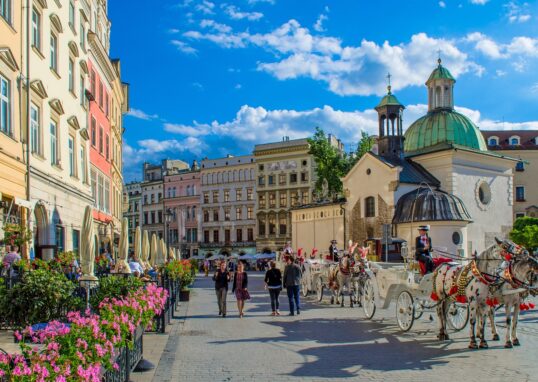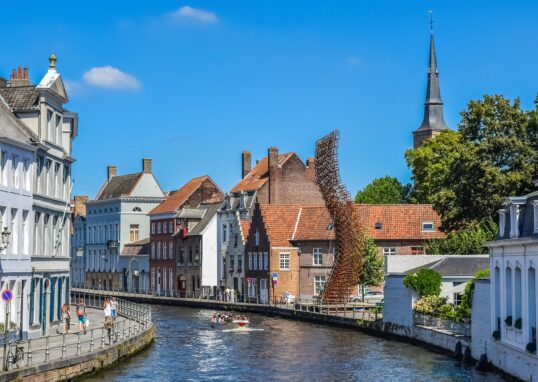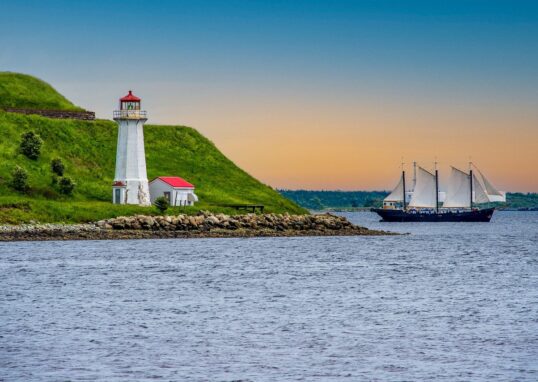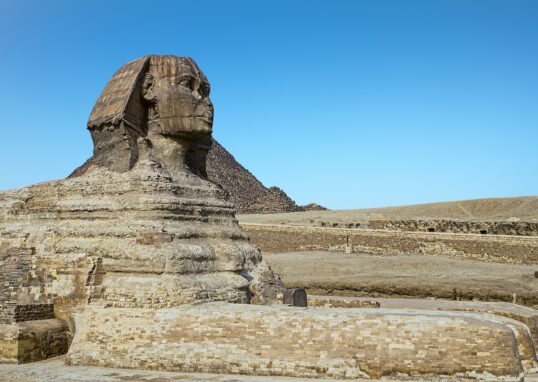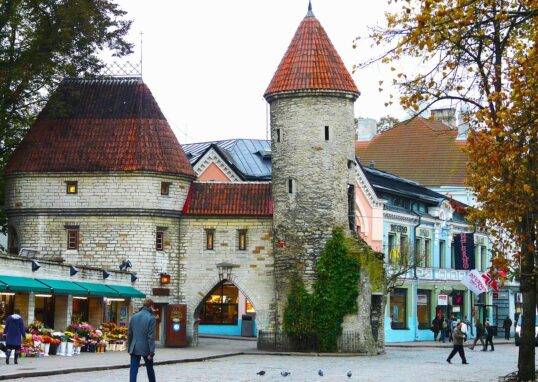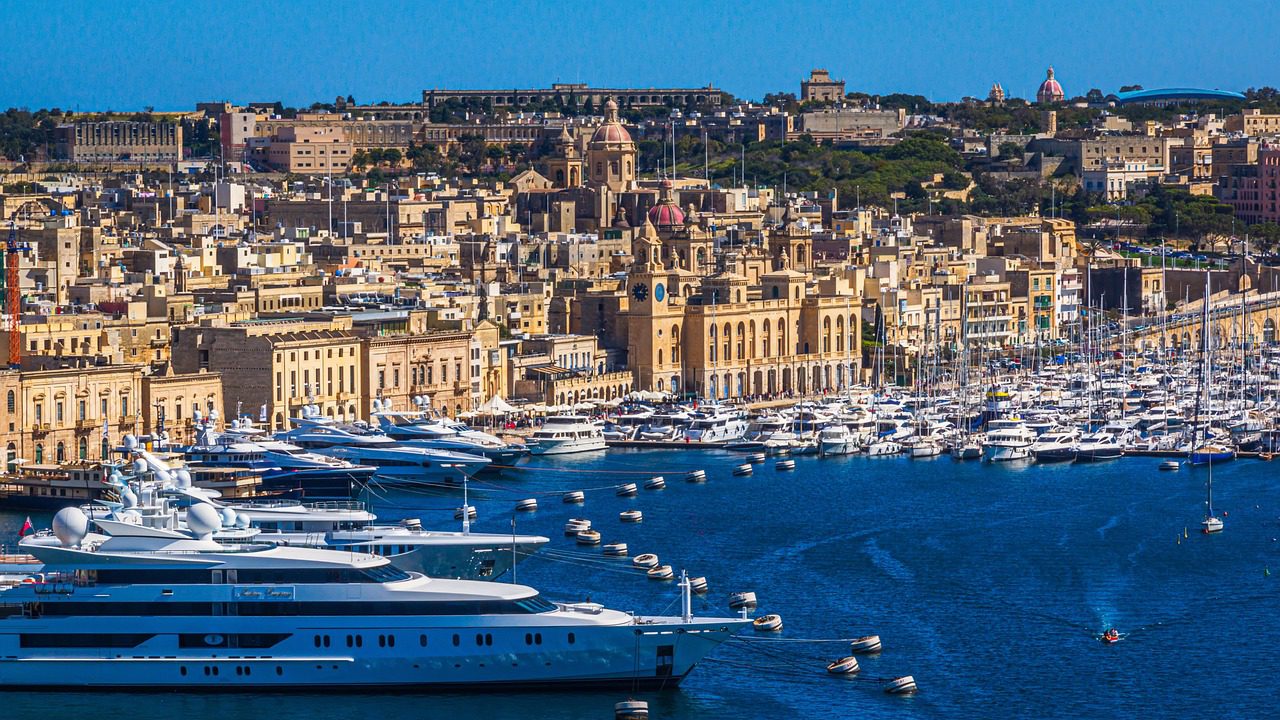
The City of Valletta – The Heart of Malta
The City of Valletta is one of the most historic and picturesque capitals in Europe. It is the capital of Malta, a small island country in the middle of the Mediterranean Sea. Valletta is not only the cultural and political capital of Malta but also one of the most quaint and walkable cities on the planet. In spite of covering hardly a square kilometer, it is steeped in history going back centuries. Every street, every building, every square has a tale to tell. Valletta’s golden stone buildings, magnificent churches, and seascapes make the place a living museum. Let us dive into the City of Valletta in a detailed manner — its history, architecture, attractions, lifestyle, and the various wonderful surrounding places that make Malta simply unforgettable.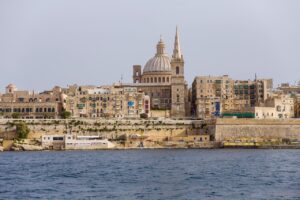
Valletta
Valletta sits on a narrow peninsula between two natural harbors — the Grand Harbour and Marsamxett Harbour. It overlooks the blue Mediterranean Sea. It was built in the 16th century by the Knights of St. John, more commonly known as the Knights Hospitaller. The knights were fighters, builders, and protectors. After defending Malta during the Great Siege of 1565, they decided to build a new fortified city. The city was named after Jean Parisot de la Valette, the Grand Master of the Order. He was a brave leader who assisted in saving Malta from being invaded. Today, Valletta is a representation of bravery, culture, and creativity. It is a UNESCO World Heritage Site, which is renowned for its impeccable blend of history and beauty.
The Geography and Layout of Valletta
Valletta is built on a one-kilometer long and 600-meter wide peninsula. It is surrounded by the sea from three sides and land walls on the fourth side. Because of its small size, it is simple to walk around. The roads are built along grid layouts, which was extremely advanced in terms of construction. A walk through Valletta is walking through history. The roads are steep in some spots and include steps instead of smooth roads. Stunning balconies, stone structures, and views of the sea are at every corner. Maltese limestone gives the city its golden hue, which reflects the sun’s light. Valletta is a golden jewel in the sea at sunset.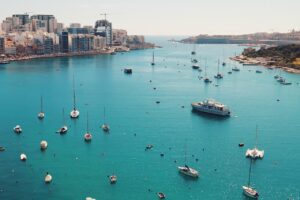
The History of Valletta
The Valletta history begins after the Great Siege of Malta in 1565. The Knights of St. John fought with utmost bravery against the Ottoman Empire and won. In order to honor their victory and in a move to protect Malta from possible further attacks, they decided to build a new strong city. The first stone of Valletta was laid on March 28, 1566, by Grand Master Jean de la Valette. The Knights wanted a city that was both secure and splendid at the same time — a city that would be a fortress and a cultural capital. They hired architect Francesco Laparelli, a student of Michelangelo, to design the city. He came up with a grid with wide streets, defended walls, and public squares. It was one of the first planned cities in Europe. Valletta grew wealthy and beautiful during the 17th and 18th centuries. Palaces, churches, and theaters were built, showing the prosperity and appreciation for art of the Knights. Subsequently, the city was occupied by the British in 1800. The British introduced new structures, harbors, and a naval base. Valletta and the surrounding area were bombed extensively during World War II because Malta was a vital location in the Mediterranean. The city, though, did survive, and was subsequently rebuilt with much care and detail.
Architecture of Valletta
The architecture of Valletta is magnificent. The city is filled with Baroque, Mannerist, and Neo-Classical architecture. The most dominant is Baroque style, which features its extensive facades, richly carved stone decorations, and artistic themes. The Knights built beautiful palaces and churches, every one of them with characteristic design elements. The city skyline is dominated by domes, bell towers, and fortifications. The walls, bastions, and forts were built as a defense against invasions. But Valletta is about more than old structures. New building design has given a contemporary spin over the decades. The City Gate, Parliament Building, and the design by Renzo Piano offer contemporary style that matches old city charm to perfection. Every street boasts something to awe at — from painted wood balconies to intricate stone doorways and fountains. It’s paradise for photographers and architecture enthusiasts.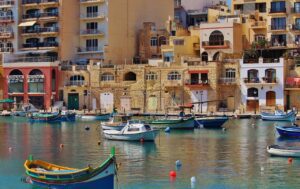
The Main Attractions of Valletta
St. John’s Co-Cathedral
This cathedral is Valletta’s most visited landmark. It looks plain from the exterior, but inside, it’s breathtaking. There’s gold, marble, and art adorning the ceilings and walls. The Knights built the cathedral between 1573 and 1578. Caravaggio’s masterpiece, The Beheading of Saint John the Baptist, is within its walls. It is one of the world’s most emotional paintings. It also contains the tombs of a number of knights. Walking through it is walking through Malta’s past.
Grandmaster’s Palace
This palace, in the center of Valletta, was once the home of the Grand Masters of the Order. It is made up of beautiful halls, old paintings, and weapons which show the history of the Knights. It is currently used as the office of the President of Malta and also a museum. The Palace Armoury exhibits old swords, armor, and cannons that were employed in fights centuries ago.
Upper Barrakka Gardens
It is one of the most picturesque and tranquil places in Valletta. The garden lies on the city’s high bastions and offers a panoramic view of the Grand Harbour. You can see the Three Cities across the harbor — Birgu, Senglea, and Cospicua — from here. Every day at noon, the Saluting Battery under the gardens fires off a cannon. Tourists visit to see and take pictures. The gardens are filled with flowers, arches, and statues, so they are a peaceful place to relax after seeing sights.
Fort St. Elmo
This star fort guards the tip of the peninsula. It was Malta’s most significant defense system during the Great Siege. Today, Fort St. Elmo houses the National War Museum, which accounts for Malta’s history in the military. You have the chance to view artifacts, ancient weapons, and even World War II aircraft parts. The scenery at the fort is also stunning — perfect for history enthusiasts and photographers.
The National Museum of Archaeology
Situated in a historic Auberge (the Auberge de Provence), the museum exhibits prehistoric temples’ artifacts of Malta. You will find ancient statues, tools, and carvings from the Neolithic era, some that are more than 5,000 years old. It is an excellent location to read about Malta’s early civilization prior to the Knights’ arrival.
Republic Street and Merchant Street
These are Valletta’s major streets. They are bustling with life, shops, eateries, and ancient structures. All of this is here — from boutiques to souvenirs, cafés, and art galleries. There are street performers and musicians who are likely to add energy to the lively atmosphere. During the evening, the streets come alive with a romantic aura.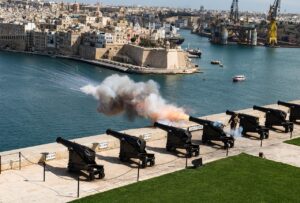
Culture and Festivals in Valletta
Valletta is a cultural city. In 2018, it was declared as the European Capital of Culture. There are numerous festivals, music concerts, and theater performances here all year round. The Valletta Baroque Festival every January is dedicated to classical music in the city’s beautiful churches. Malta Jazz Festival in the summer season brings international artists to the seafront. Valletta comes alive with color, costume, and procession in Carnival season, filling narrow streets with laughter, dance, and music. Valletta also has a lively night life. Bars and cafes are legion with harbor views, live music, and great views.
The People and Lifestyle
The people of Valletta are warm and welcoming. Maltese culture is a blend of European sophistication, Mediterranean warmth, and Middle Eastern spice. Everyone speaks English as well as Maltese, so communication for tourists is a cinch. Locals love spending nights under the open sky, chatting about things over coffee or seafood nights on the beach. Traditional Maltese food consists of pastizzi (flaky pastry), rabbit stew, lampuki fish, and Maltese bread. Eating out in Valletta is a treat. You can get a simple meal in a local café or dine stylishly in a restaurant with harbour views.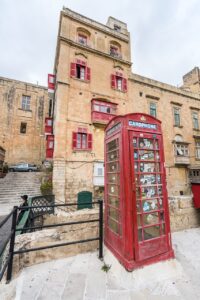
Surrounding Places Near Valletta
Valletta is small, but there are plenty of interesting places around it. You can be in quaint seaside villages, old cities, and peaceful countryside within minutes. The Three Cities – Birgu, Senglea, and Cospicua.
Across the Grand Harbour, you can see the ancient “Three Cities.” These were home to the Knights prior to the construction of Valletta.
- Birgu (Vittoriosa) is the first among them. It has narrow streets, ancient stone buildings, and Fort St. Angelo, a fortress that has a stunning harbor view.
- Senglea has the panorama of Valletta from its Safe Haven Gardens, especially at sunset. Cospicua is more quiet, with little alleys and a local feel. You may visit the Three Cities by a short ferry ride or a traditional Maltese boat, the dgħajsa.
Sliema and St. Julian’s
On the opposite side of Marsamxett Harbour are Sliema and St. Julian’s. They are modern, lively, and full of hotels, shops, and seafront promenades. Sliema is good for shopping and walking along the water. St. Julian’s is famous for nightlife and dining. Valletta is linked to Sliema by ferry that takes only 10 minutes — perfect for a fleeting journey.
Mdina – The Silent City
Somewhere around 13 kilometers away from Valletta is Mdina, the old capital of Malta. Mdina is a medieval walled city with narrow streets, aristocratic palaces, and peaceful beauty. It is also known as the Silent City, and it appears time stood still. You may stop by the St. Paul’s Cathedral, visit little museums, and view the island from the city walls. When it’s night, the Mdina streets that are lit up are enchanting.
Rabat
Rabat is situated alongside Mdina, another ancient town. It’s renowned for the St. Paul’s Catacombs, Roman underground burial grounds that go back in time. Rabat has also lovely churches and Maltese local cafes serving delicious Maltese pastries.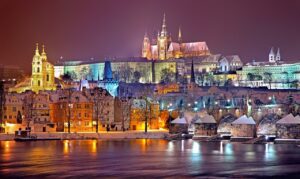
Marsaxlokk
About 12 kilometers south of Valletta is Marsaxlokk, a picturesque fishermen village. It’s famous for its colorful Luzzu boats with eyes on their bows. Its Sunday fish market is not to be missed. Fresh seafood is to be had at beach restaurants and you can enjoy the calm atmosphere.
The Blue Grotto
Further south is the Blue Grotto, a series of sea caves whose water glows bright blue when sunlight penetrates through. You can access the caves by boat trip. It’s Malta’s most photographed location.
Gozo and Comino Islands
You can travel north from Valletta to the Gozo Channel and take a ferry to Malta’s sister islands of Gozo and Comino. Gozo is green and peaceful, with hills, churches, and beaches. Comino is famous for the Blue Lagoon, a swimming spot of crystal-clear waters that’s heaven on earth. Both islands are ideal for day excursions or a weekend break.
Transportation and Travel Tips
Getting about Malta is easy. Valletta is connected by ferries, buses, and taxis.
- Buses run from the main bus station in Valletta to the whole island. Ferries go to Sliema and the Three Cities.
- You can also hire a car, but parking inside Valletta is limited.
- Most visitors walk — the town is compact and full of landmarks around every corner. If views appeal to you, take a sail across the Grand Harbour in the late afternoon. It’s breathtaking.
Best Time to Visit Valletta
The best time to visit Valletta is April to June or September to October. Weather is pleasant but not hot during these months. Blooms are seen on flowers, and outdoor pursuits are the norm. The peak and hottest months are July and August. Summer would be perfect for you if you enjoy vibrant festivals and beach weather with the sun. The winter is mild and serene, perfect to see without the crowds.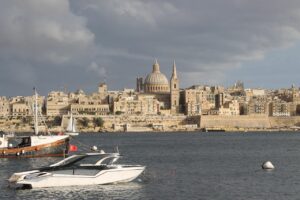
Where to Stay
Valletta has ample accommodations — from luxury hotels to small guesthouses. A few of the popular ones include The Phoenicia Malta, Casa Ellul, and La Falconeria Hotel. If you wish to experience the local scene, stay in a heritage townhouse or boutique hotel inside the city walls. There are also good towns nearby like Sliema or Floriana that provide easy access to Valletta.
Conclution
Valletta City is not just Malta’s capital — it is the island’s heartbeat. It whispers of knights and wars, art and religion. It reconciles history with modern living in the most beautiful way. Every step in Valletta is unique — from golden walls and charming balconies to sun-kissed harbors. And beyond its walls, the surrounding towns, beaches, and islands finish Malta as a paradise. Traveling in Valletta is not merely a visit; it’s an experience that combines the past and present. Whether for a week or a day, memories of this golden city will stay with you forever.

